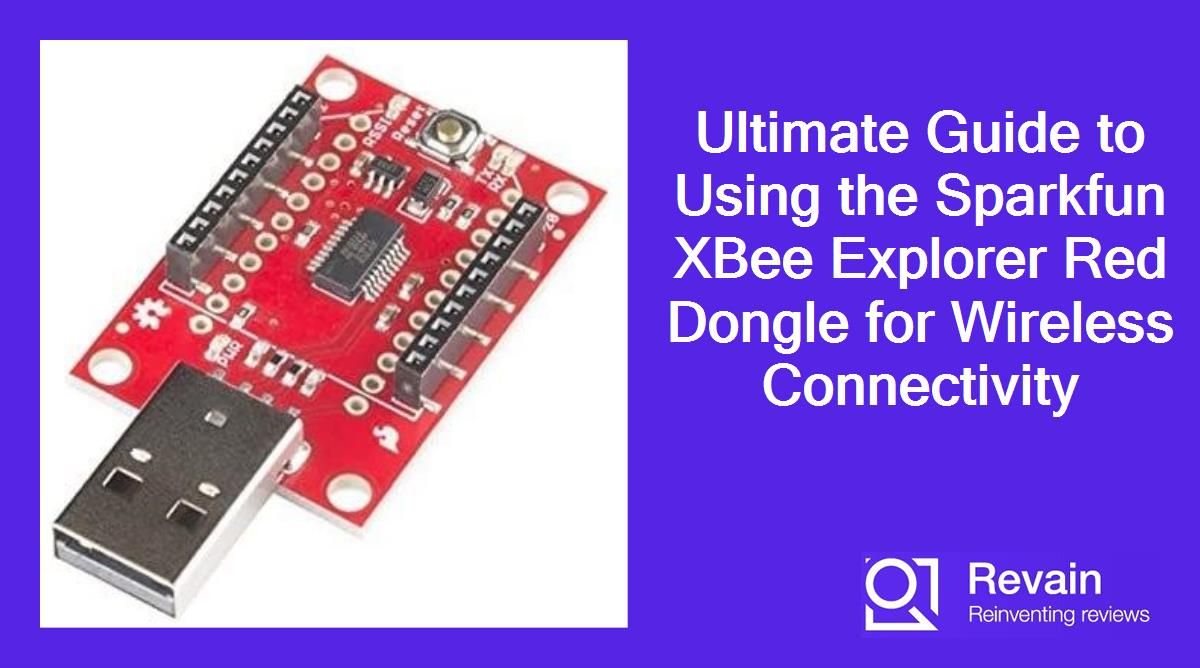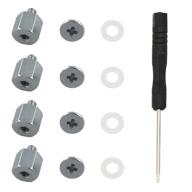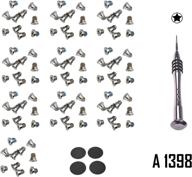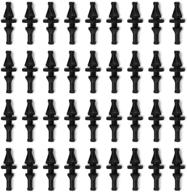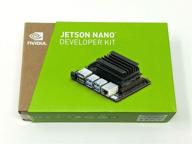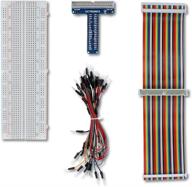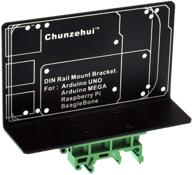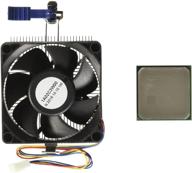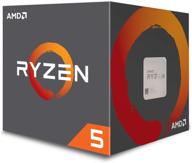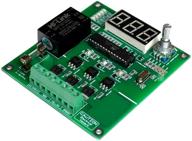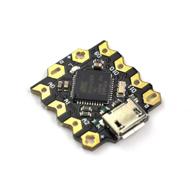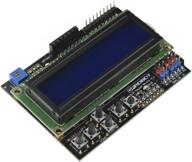Another interesting products
How to set up the XBee dongle with Arduino?
The Sparkfun XBee Explorer Dongle allows you to wirelessly communicate with XBee modules using the Arduino platform. Here are the steps to set it up:
Parts Needed
- Sparkfun XBee Explorer Dongle
- Arduino Uno or compatible board
- XBee Series 1 or 2 module
- USB cable
- Jumper wires
Connecting the Dongle
First, plug the dongle into the USB port on your computer. This will power the dongle. Then connect it to the Arduino board:
| Dongle Pin | Arduino Pin |
| GND | GND |
| DTR | DTR |
| CTS | CTS |
| VCC | 3.3V |
This provides power and serial communication between the dongle and Arduino. Finally, insert the XBee module into the dongle. You're now ready to program the Arduino and communicate wirelessly!
How to configure the XBee module with the dongle?
The XBee module needs to be properly configured to work with the Sparkfun XBee Explorer dongle. Here are the steps to configure it:
Requirements
- XBee Explorer dongle
- XBee module
- USB cable
- XBee configuration software like XCTU
Connect the Module
First, connect the XBee module to the dongle using the socket. The notch on the module should match the outline on the socket.
Install Software
Download and install the latest version of XCTU configuration software from Digi. This allows you to configure the module's parameters.
Discover the Port
Connect the dongle to your computer via USB. XCTU will automatically discover the COM port. Click 'Add devices to map' if it does not show up.
Load Firmware
Under the 'Modem Configuration' tab, set the function set and firmware version for your XBee module. Click 'Write' to load the firmware.
Configure Parameters
Under the 'Modem Configuration' tab, set the desired parameters like baud rate, API mode, destination address etc. according to your application. Click 'Write' when done.
The XBee module is now configured and ready to talk to your Arduino or other microcontroller wirelessly using the dongle!
How to establish wireless communication between XBee modules?
XBee modules allow microcontrollers like Arduino to communicate wirelessly. Here is how to set up wireless communication between two XBee modules:
Hardware Needed
- 2 XBee modules (Series 1 or 2)
- 2 XBee Explorer dongles
- 2 Arduino boards
- Jumper wires
- USB cables
Software Needed
- XCTU - To configure XBee modules
- Arduino IDE - To program Arduino boards
Steps
- Connect each XBee module to a dongle and Arduino board using jumper wires.
- In XCTU, configure the modules with matching network settings like baud rate and API mode.
- Set one XBee as coordinator (CE=1) and the other as router (CE=0).
- Configure destination addresses to match each other's MAC address.
- Write Arduino code to send and receive data over serial.
- Upload code to both Arduinos and open serial monitors.
- Data sent from one module will be wirelessly received on the other.
With this setup, the two Arduino boards can communicate wirelessly over 100+ meters. You can build wireless sensor networks, remote control projects etc. using this technique.
Top products in 🖥️ Desktop Barebones
How to update the firmware on the XBee module using the dongle?
It is recommended to keep your XBee module updated with the latest firmware for new features and bug fixes. Here are the steps to update firmware using the XBee Explorer dongle:
Prerequisites
- XBee Explorer Dongle
- XBee Series 1 or 2 module
- USB cable
- XCTU software on Windows, Mac or Linux
- Latest firmware binary file from Digi
Steps
- Connect the XBee module to the dongle and plug it into your computer's USB port.
- Launch XCTU and click 'Add devices to map'. Select the COM port of the dongle.
- Under 'Modem Configuration', select the module's function set and firmware version.
- Click 'Update firmware'. Select the latest firmware binary file.
- Turn on 'Always update firmware' and click 'Update'. Wait for the update to complete.
- Under 'Modem configuration', verify that the module now shows the updated firmware version.
That's it! The XBee module is now updated to the latest firmware. You can now enjoy new performance improvements and features. Make sure to update the firmware on all modules in your wireless network for consistency.
How to power the XBee module using the dongle?
The SparkFun XBee Explorer dongle can provide power to the XBee module directly through the USB port. This avoids the need for an external power supply.
Hardware Needed
- XBee Explorer dongle
- XBee Series 1 or 2 module
- USB cable
- Jumpers
Steps
- Connect the dongle to your computer's USB port using a USB cable. This will power up the dongle.
- Connect the following pins between the dongle and XBee module using jumper wires:
- Dongle VCC to XBee VCC
- Dongle GND to XBee GND
- Dongle DOUT to XBee DIN
- Dongle DIN to XBee DOUT
- Verify that the association LED on the XBee module lights up, indicating it is powered on.
- The 3.3V supply from the dongle's USB port is now powering the XBee module. No external power supply is required.
This simple connection draws power from the USB port and passes it to the XBee module. Make sure not to draw more than 200mA current to avoid overloading the dongle's regulator. An external power supply may be needed for larger networks.
How to troubleshoot connectivity issues with the XBee dongle?
If you are unable to establish communication between the XBee module and dongle, here are some steps to troubleshoot connectivity issues:
Check Hardware
- Verify the module is fully inserted into the socket on the dongle.
- Check the pin connections between the dongle and microcontroller board.
- Inspect for any damage to the USB cable or loose connections.
Check LED Indicators
- The association LED on the XBee should be solidly lit if powered on properly.
- The RX/TX LEDs on the dongle should blink when data is sent.
Try a Loopback Test
- Disconnect module from dongle.
- Short pins DIN and DOUT on dongle.
- Send data from your program. The same data should be received.
- If loopback fails, there is an issue with the dongle hardware or firmware.
Verify Software Settings
- Double check baud rates, API mode, parity etc. match between XBee module and microcontroller code.
- Rule out firmware incompatibilities by updating to latest firmware.
If all basic checks pass, the issue could be related to the module's configuration or antenna. Try adjusting position of the dongle and module. As a last resort, replace the XBee module to see if new one works.






